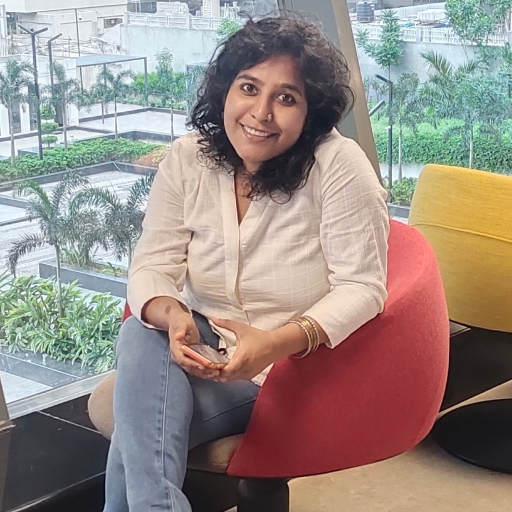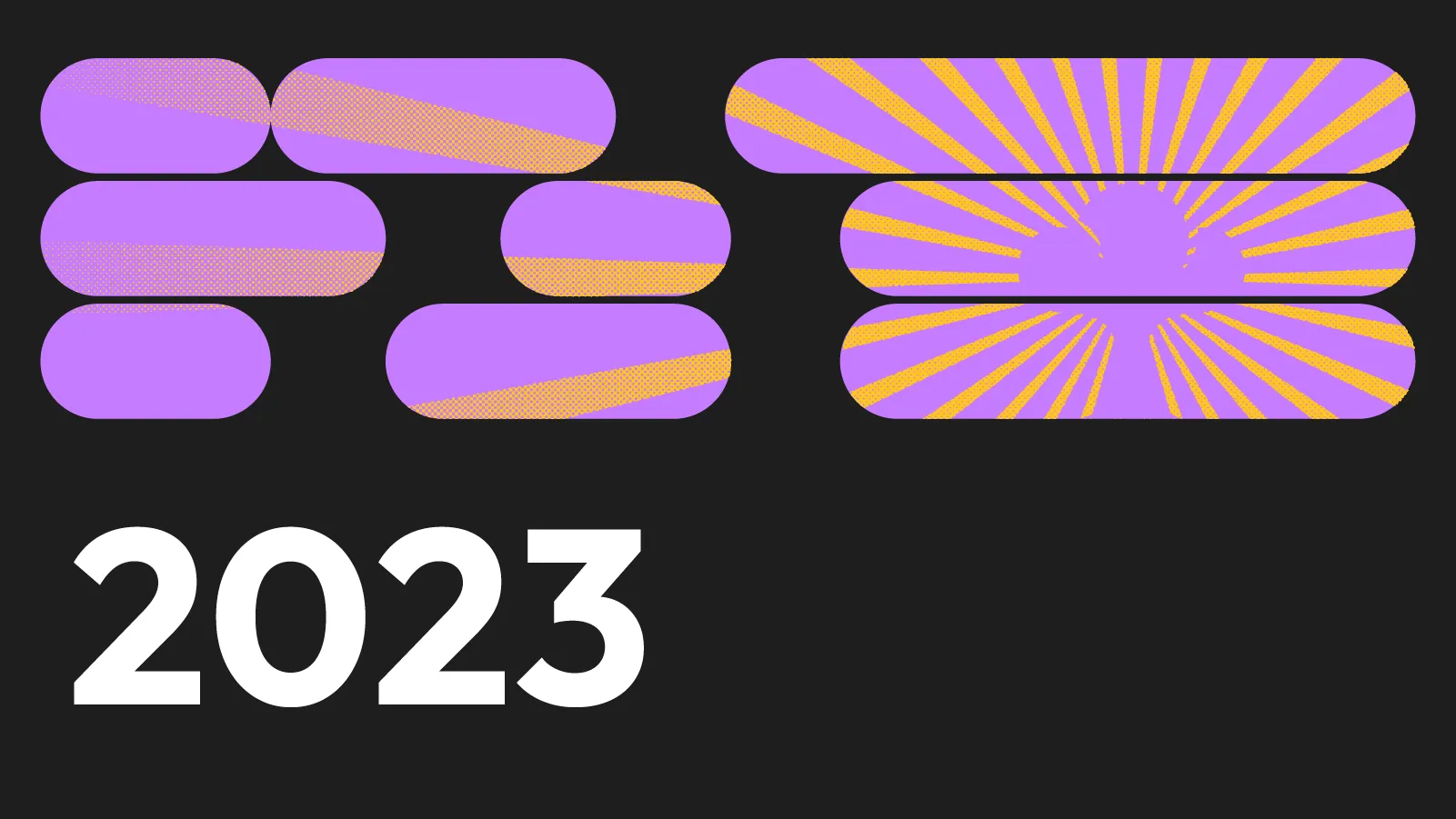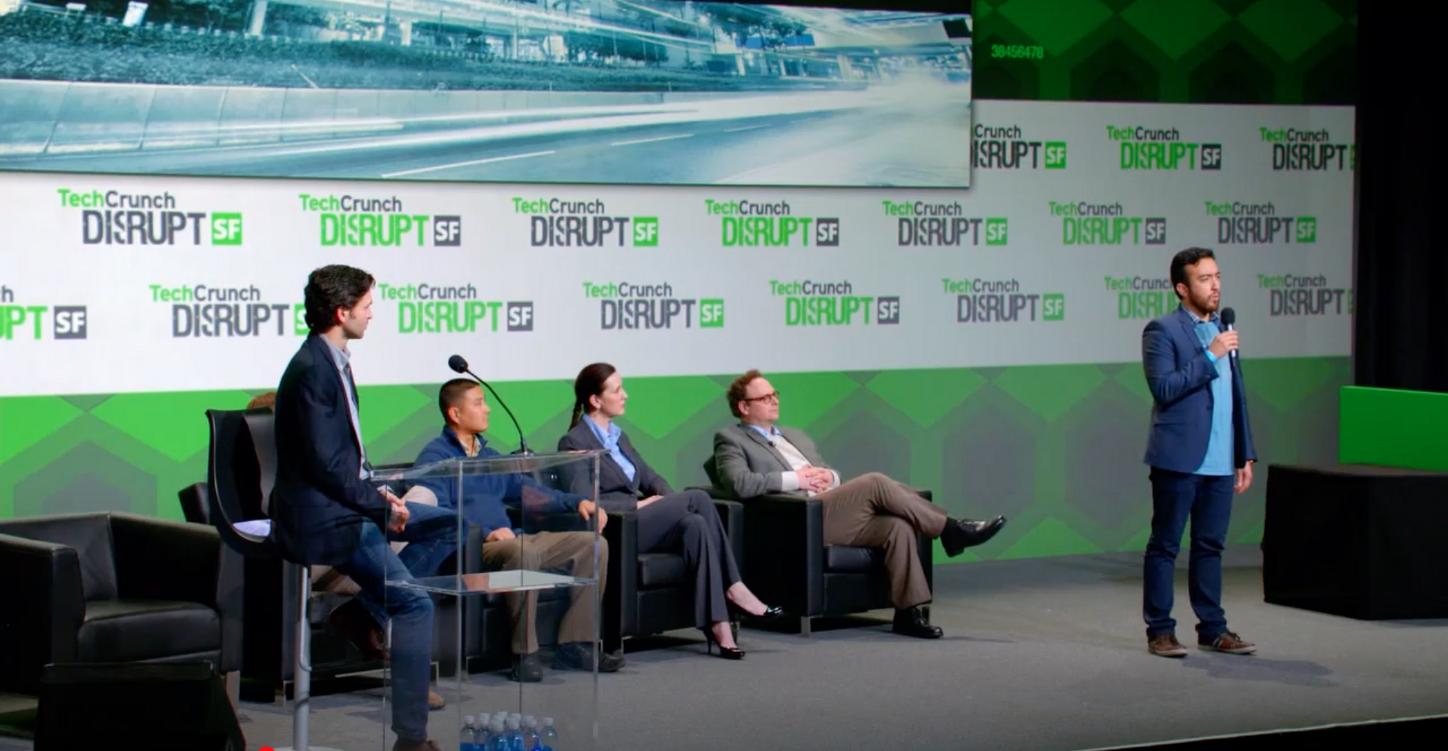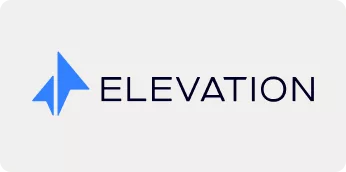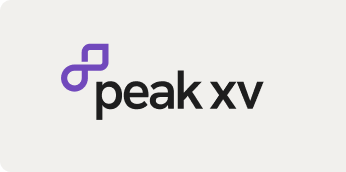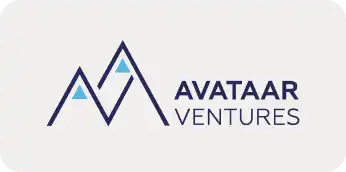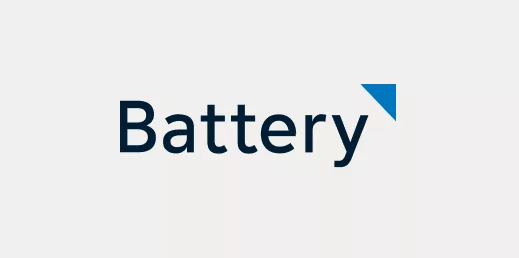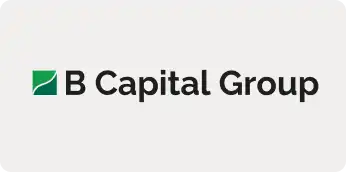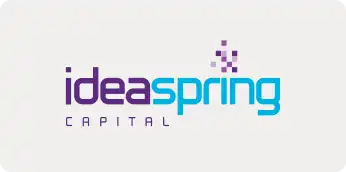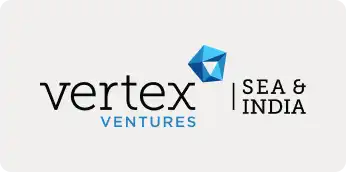After a stimulating albeit frenetic September in the Bay Area for the SaaSBoomi US Caravan, we’re back to business as usual. Welcome to our monthly newsletter where we get you up to speed on what’s happening in the world of tech and SaaS.
We have a lot of exciting material for you, including AI guru Andrew Ng’s innovation tips for entrepreneurs. But first, if you’re curious about what transpired at the US Caravan, here’s a blog post (with photos) from Maneesh Bhandari, founder of GrowthPal, on his experience, which was analogous to witnessing two planes land in parallel at San Francisco airport.
Now let’s get down to brass tacks:
How to be an AI innovator
When the co-founder of Google Brain and DeepLearning.AI offers tips to entrepreneurs, it’s wise to sit up and take note. In an essay in MIT Technology Review, he urges innovators to take advantage of transformative developments in AI. He sees a wave of AI applications as developers learn to use prompting. Although media attention is focused on AI’s infrastructure layer, the AI application layer offers rich opportunities to innovators.
“Many of them are within reach of broadly tech-savvy people, not just people already in AI. Online courses, open-source software, software as a service, and online research papers give everyone tools to learn and start innovating,” he writes.
Ng was in the Tech Review’s Innovators Under 35 list in 2008, long before he became famous. So, who are the AI innovators in this year’s list at a time when AI is making breathtaking progress? As you can imagine, they span across fields as diverse as medicine and construction.
Another AI thought leader, DeepMind co-founder Mustafa Suleyman, explains in an interview that generative AI is just an intermediate phase. What’s coming is interactive AI.
The first wave was the classification of text, images, audio, and video. The current wave is GenAI to take input data and generates new data. The third wave will be interactive. “You will just give your AI a general, high-level goal and it will use all the tools it has to act on that. It will talk to other people, talk to other AIs,” says Suleyman, who last year founded Inflection with $1.5 billion of investment from Microsoft, Bill Gates, LinkedIn founder Reid Hoffman, and Nvidia.
The Economist interviewed Suleyman and bestselling historian Yuval Noah Harari on what the world will look like in five years. AI models will be thousands of times more powerful than GPT-4, enabling sequences of actions from prompts instead of just generating new data, explained Suleyman. “AI that doesn’t just say things, but AI that can do things.”
“This is the end of human history… History will continue with somebody else in control,” was the doomsday counter of Harari. Watch the video for the engrossing debate.
China’s loss is India’s gain
India had an AI moment this month with the visit of Nvidia CEO Jensen Huang. After a high-profile meeting with Prime Minister Narendra Modi, the AI chip-maker touted the potential of India. “You have the data, you have the talent… This is going to be one of the largest AI markets in the world,” Huang said at a news conference in Bangalore.
The interest in India stems partly from increasing restrictions on chipmakers selling sophisticated processors to China. Nvidia is not the only one shifting focus in response to the Sino-US tech war. Apple is selling its new iPhone 15 made in India.
This is good for the growth of the AI ecosystem in India. So China’s loss is India’s gain. But an Economist article also points out what US tech giants are losing and some surprising winners in China, like Huawei and SMIC.
So the hawkish US stance is a double-edged sword. Apple and chip-makers have taken the first hit on restrictions to selling in China. But the Biden administration also wants to restrict Chinese access to cloud computing, which will bring Google, Microsoft, and Amazon into the firing line.
Who owns the Internet?
It’s a good time to pause and reflect on the companies that rule the Internet: Alphabet, Apple, Meta, Microsoft. Apple dominates mobile devices, Alphabet has more than half the share of browsers and search, and if you’re targeting the US market, you should know that Meta rules the three most popular social media services in the US.
Here’s a visual representation of the tech geography:
How to build a developer-focused SaaS business
Geography is top of mind in a founder’s PMF path. The usual advice is to focus on one location before moving to the next – as in India-first or US-first. But it’s different when you set out to build a developer-focused SaaS business. Here you have to think of a global customer base from Day One.
DevTools unicorn Hasura knows a thing or two about GTM and PMF motions in SaaS for developers. The key to getting this right is a bottom-up approach, says Rajoshi Ghosh, Co-founder and COO at Hasura, in an interview on Limitless.
Life across time zones
It’s never easy to shift base to the US, like many SaaS founders from India have to do for the growth of their businesses. Family, culture, juggling time zones – it’s a lot to manage on the personal front, apart from the challenges of understanding a new market and customers. Shaily Garg, founder and CEO of GlobalFair, Raghu Ravinutala, co-founder and CEO of Yellow.ai, and Shreesha Ramdas, former CEO of Strikedeck, share their experiences of coping with all this.
Connecting with the Indian founder community in the US, making time for family-related matters, and switching off from work to be fit mentally and physically are the key takeaways.
And that’s also one of the motivations behind building SaaSBoomi’s US chapter and holding the annual US Caravan, whose second edition has just concluded.
With love,
Malavika
Thanks for reading the newsletter! Please forward it to other founders who can also subscribe for free.
We would love to hear from you. Please write to me with feedback.
Hat tip to SaaSBoomi volunteer Sumit Chakraborty for smart edits and must-reads!
A big thank you to our ecosystem partners: Accel, Peak XV, Lightspeed, Together, Westbridge, Avataar Ventures, B Capital, DCA, March Capital, Eight Roads, Boldcap, Blume, Ideaspring, Matrix, and Vertex Ventures for keeping our lights burning.


